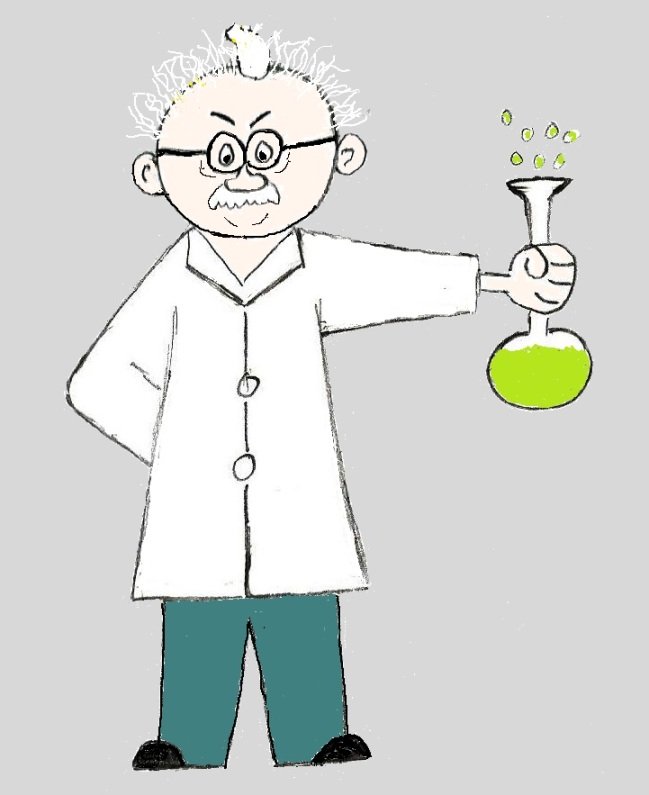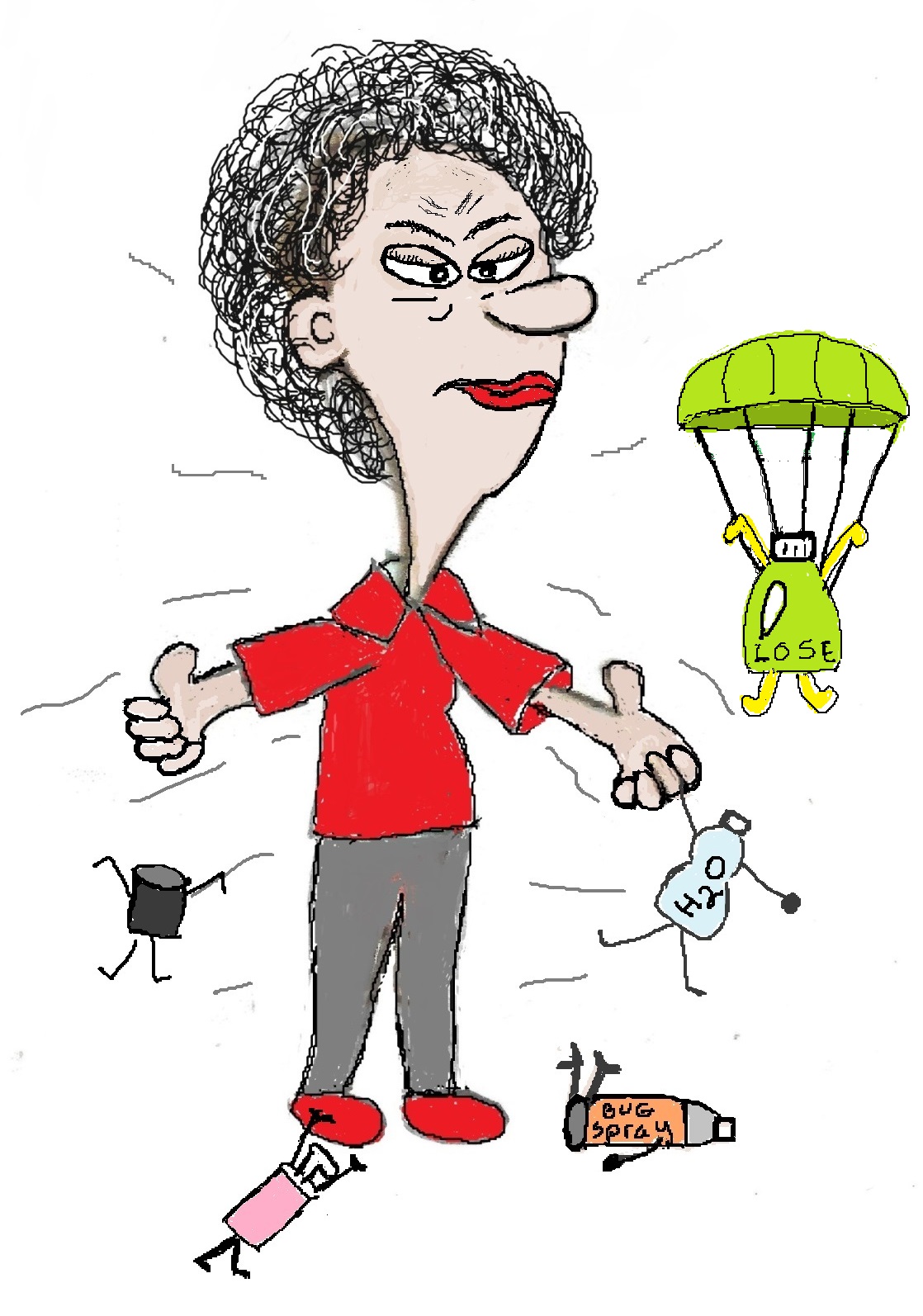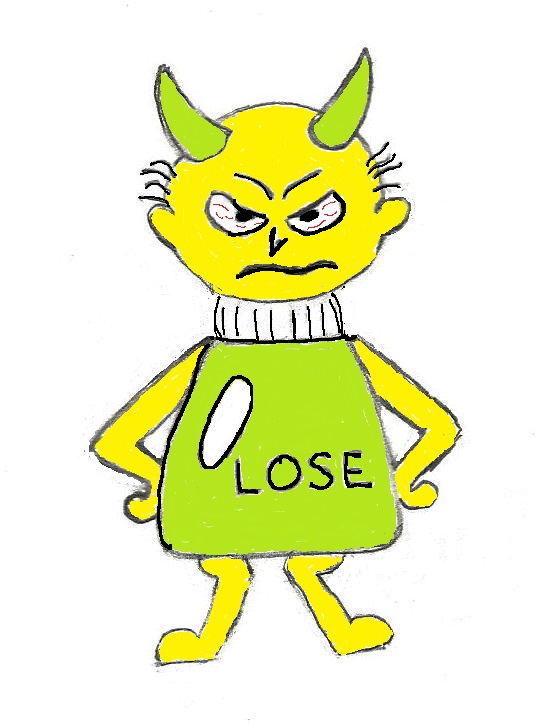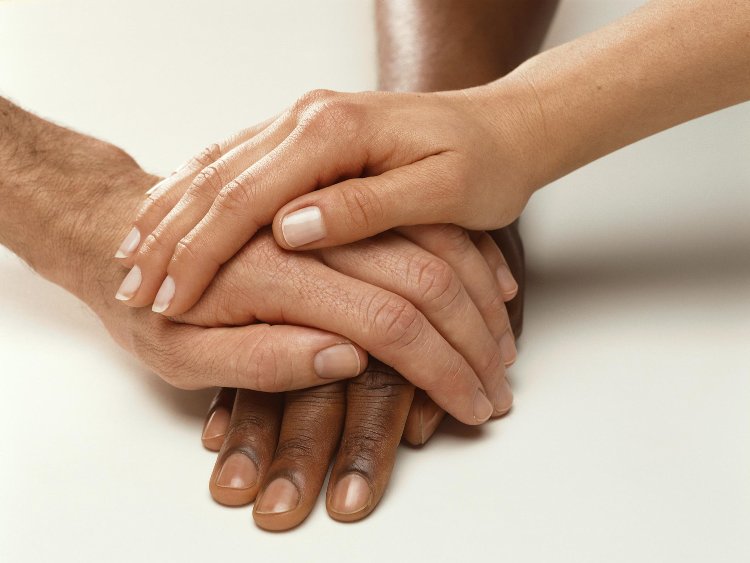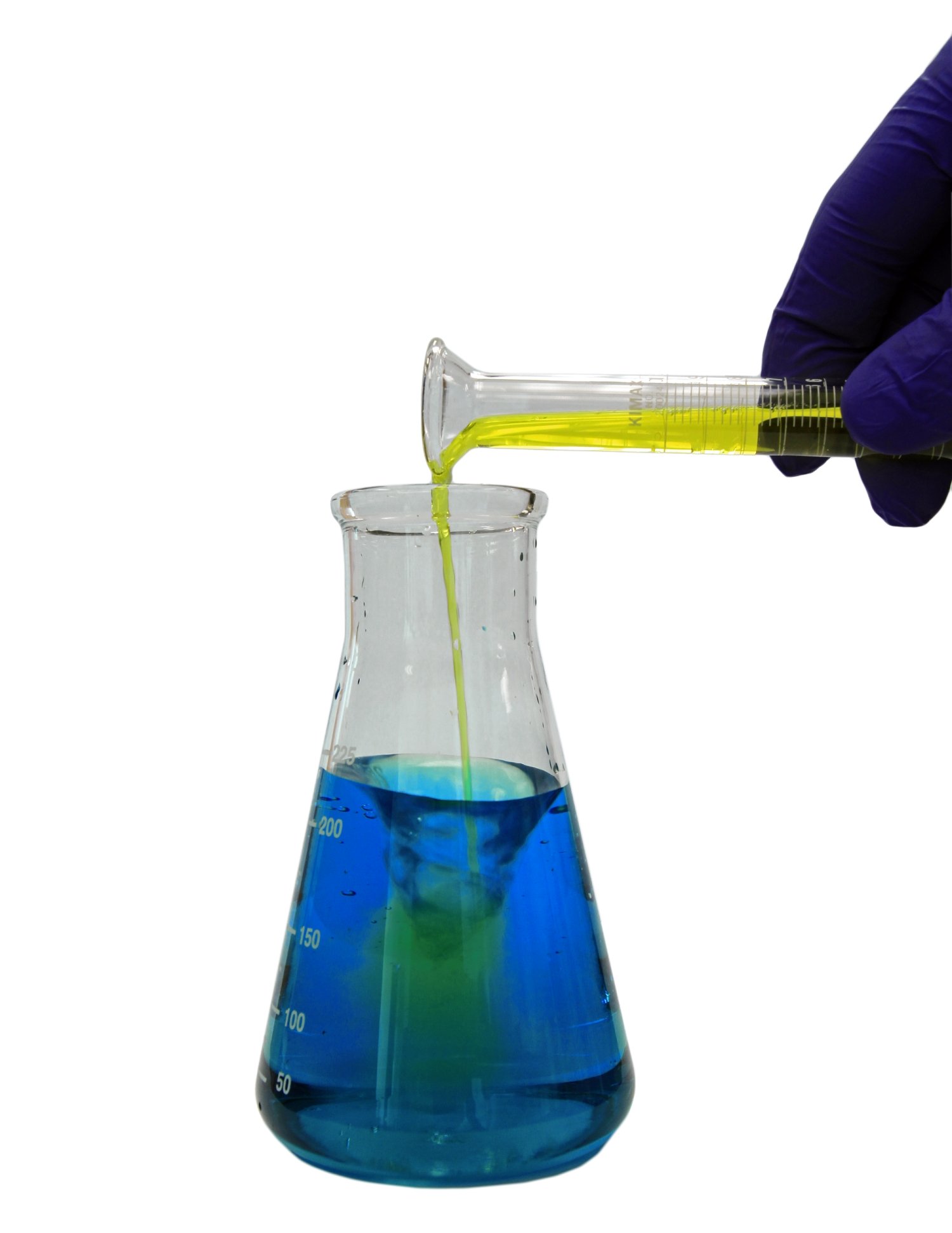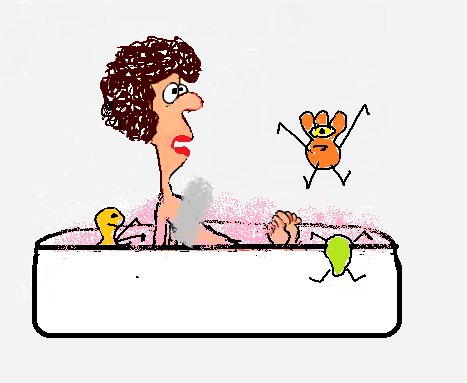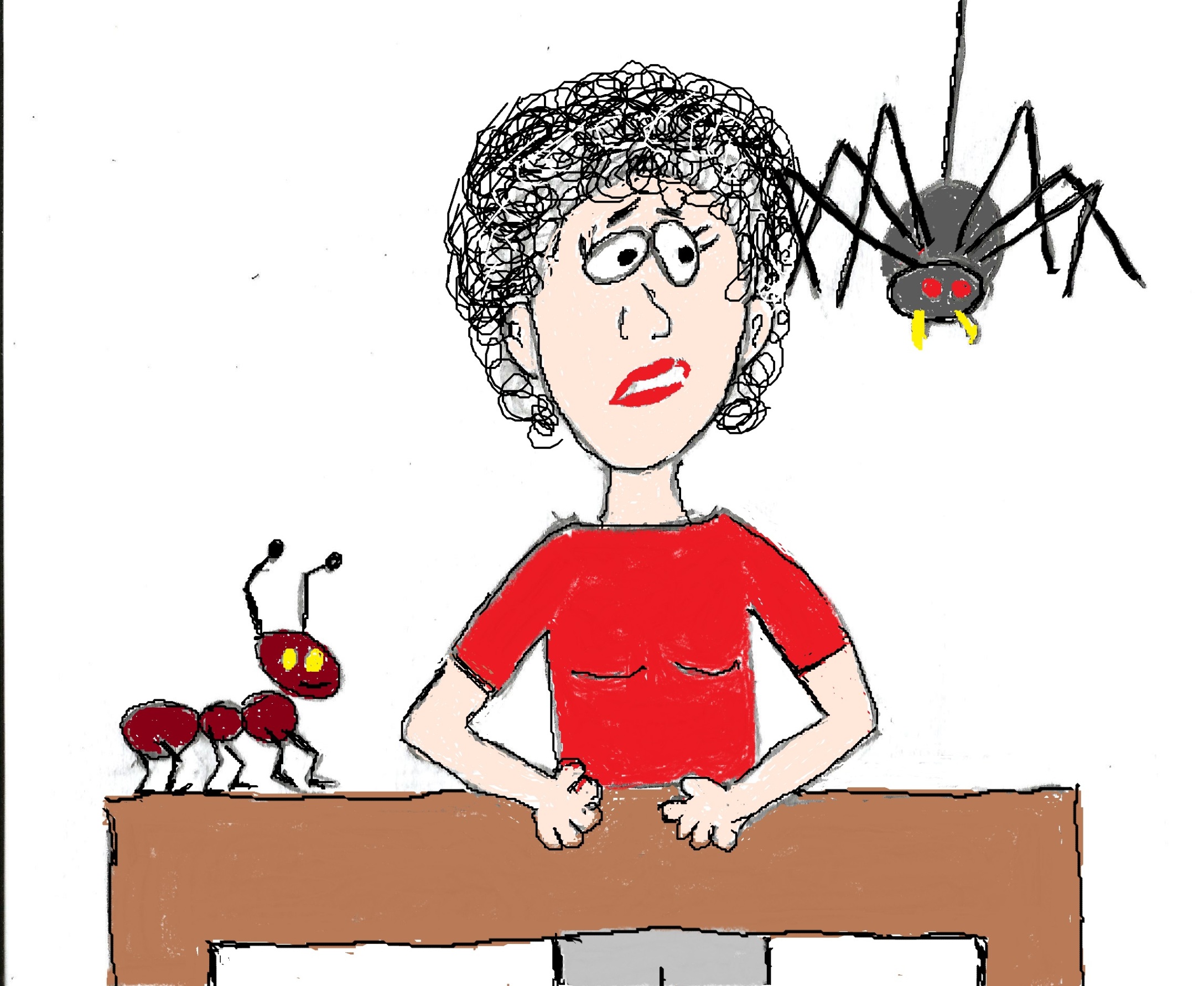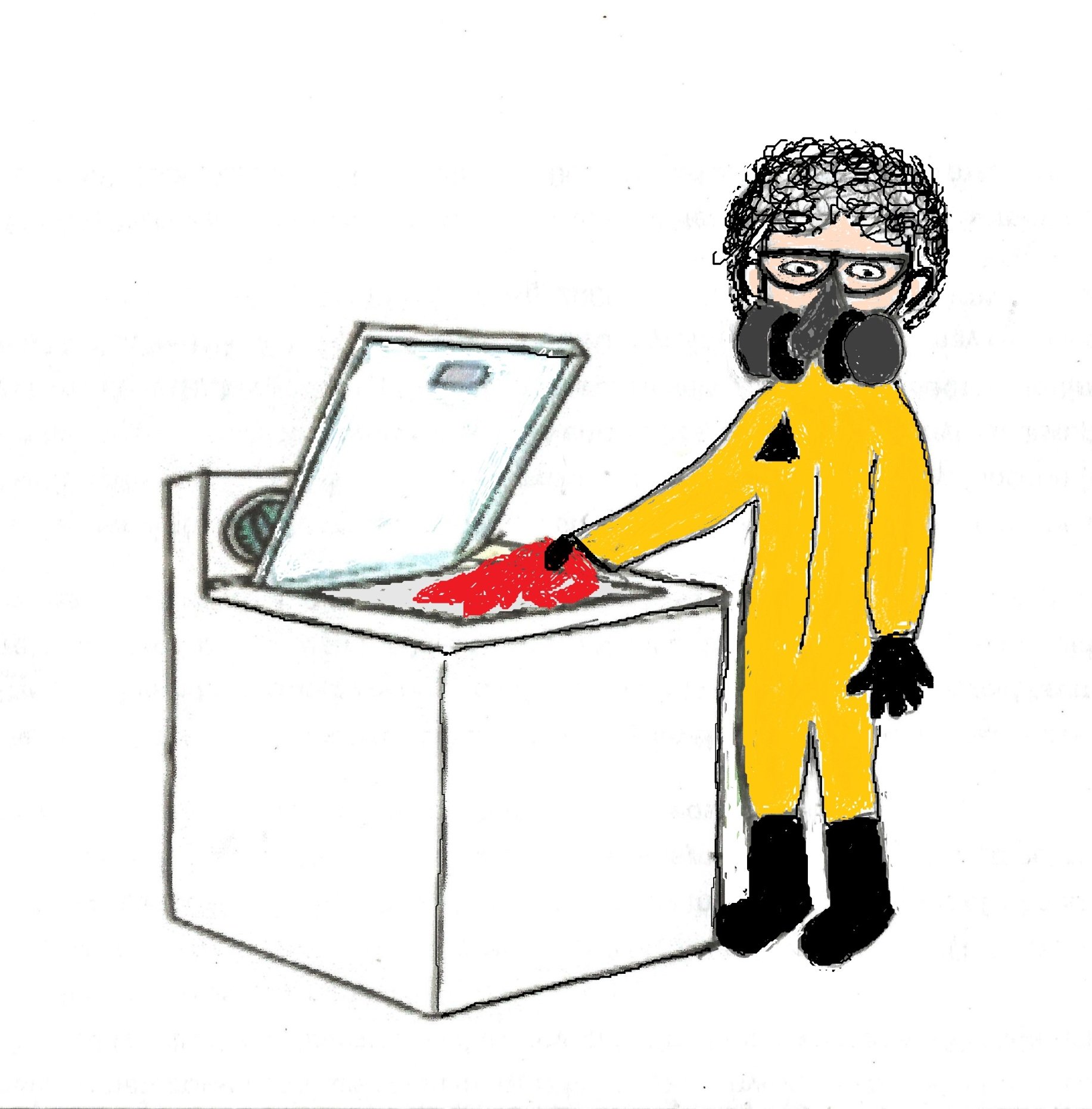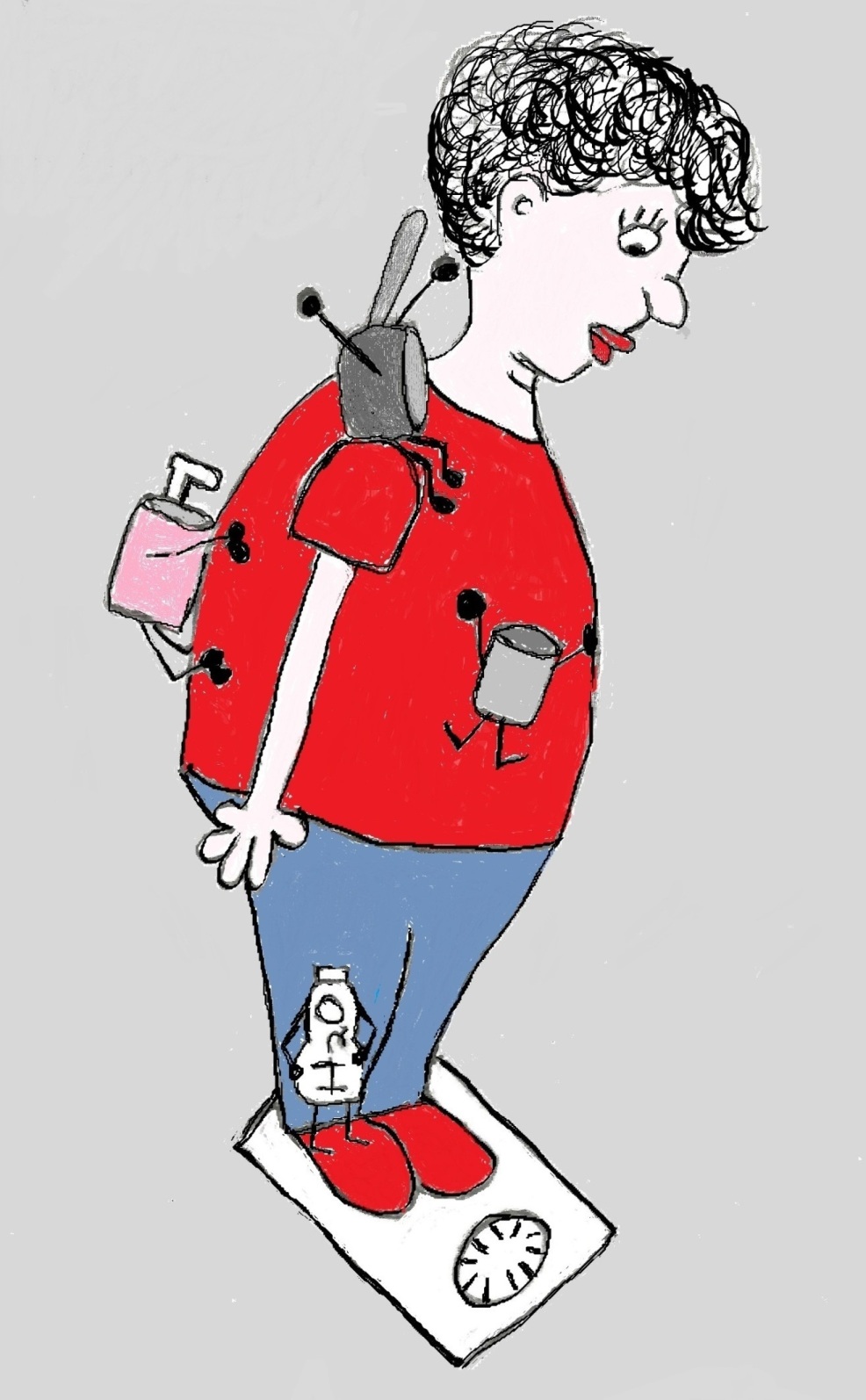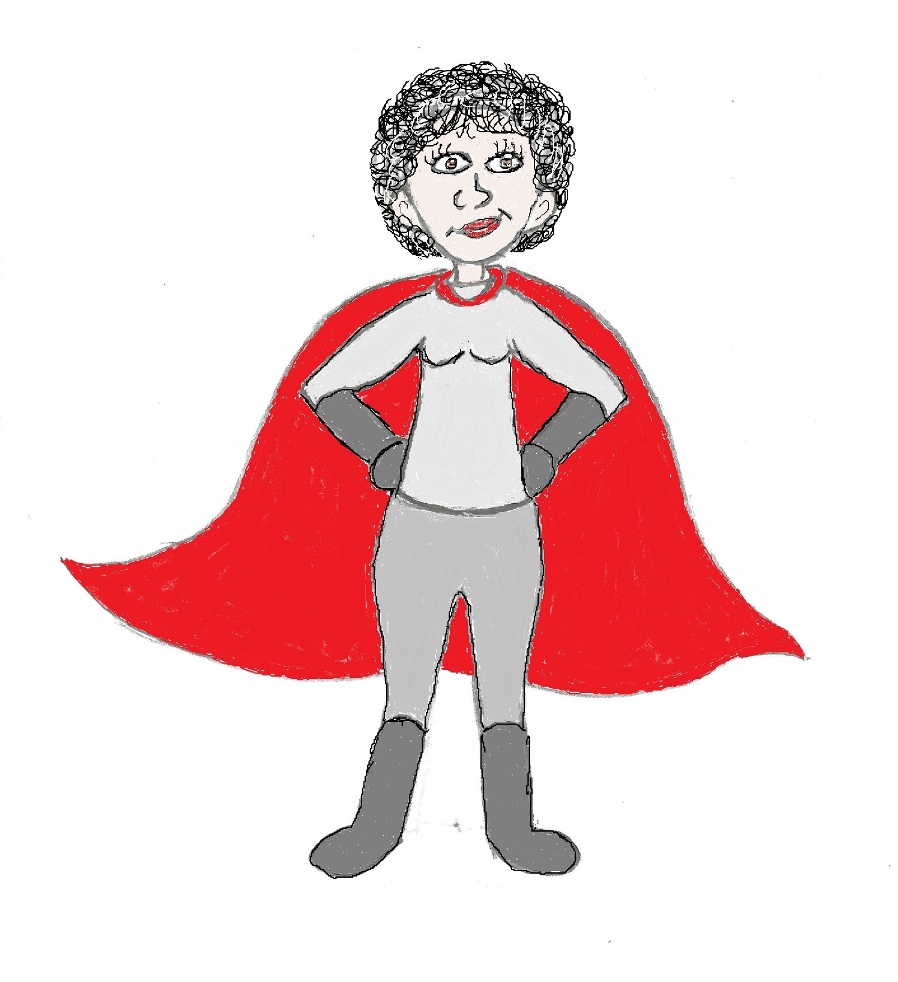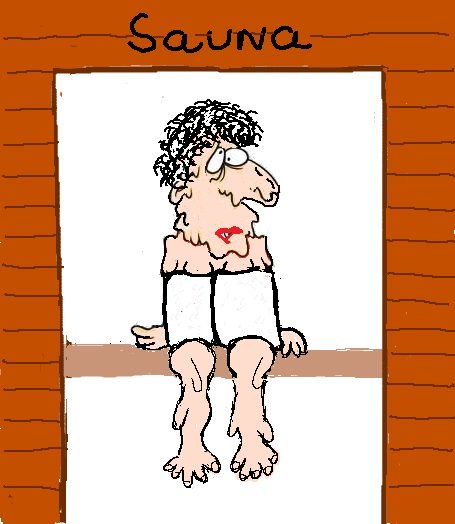- Home
- Non Toxic Personal Care
- Non Toxic Hair Dye
Non Toxic Hair Dye -
Does it Exist?
We have such a love - hate relationship with hair dye. We love how it makes us look but hate the damage it does to our hair and the potential health risks from exposure to all those chemicals.
And there sure are a lot of chemicals in hair dye. In fact, according to the National Cancer Institute more than 5,000 different chemicals are used in hair dyes. Many of these chemicals are allergens, skin toxins, endocrine disruptors, toxic to cells and organs and cause cancer.
Some of the worst offenders in hair dye include:
- Parabens are used as preservatives and fragrance ingredients. They are endocrine disrupters and some cause breast cancer. Propylparaben is the most toxic.
- Resorcinola common ingredient in hair color, is an endocrine system disrupter,
organ system toxicant, immune system toxicant, allergen and linked to
hypothyroidism. The federal government regulates exposures to resorcinol in the
workplace, but there are no regulations limiting amounts of resorcinol in
personal care products.
- P-Phenylenediamine (PPD) a.k.a. coal-tar dye, is among the most commonly used hair dye compounds and more than 80% of permanent hair dyes contain PPD. it is classified as a carcinogen and is a likely contributor to the carcinogenicity of hair dyes/straighteners. It is also a skin, eye and lung irritant and allergen.
- Toluene-2,5-diamine
sulfate is an allergen, skin and immune system toxicant and there is
some evidence that it may cause inflammation and cancer.
Fragrance is added to cover chemical smells and any of the 100’s of different mystery chemicals that make up a fragrance may be in hair dye. Unknown chemicals means unknown health effects. Plus, where there’s fragrance there are often endocrine disrupting phthalates, which are used as a scent carrier.
The Risks To Your Health
There’s no question that dying your hair is risky to your health. The chemicals in hair dyes can damage cells, cause mutations and are carcinogenic in animals and humans.
In general, permanent hair dyes contain more toxic chemicals and so are more dangerous to your health than semi-permanent and wash out types. The majority of permanent dye products contain toxic reagents and carcinogens like chelators and strong oxidants.
These toxic chemicals remove metals and minerals from hair and bleach hair to enhance its ability to accept hair dye.
But you might be thinking, I put this stuff on my hair, So, how can it cause cancer?
It’s because the toxic chemicals in hair dye are absorbed through your skin as you apply it and through your scalp. Numerous studies have detected the presence of components of hair dye in the urine of people within hours of dying their hair.
Urine is one way your body gets rid of toxins in your body. But before hair dye chemicals get to your urine they travel through your blood to various organs in your body where they can damage your health.
The health risks from dying your hair increases as you get older because your skin and your blood-brain barrier become less effective barriers to toxins. That means the chemicals in hair dye and other products can be absorbed more easily through your skin into your blood stream and from your blood stream into your brain.
Hairdressers, who are regularly exposed to the chemicals in hair dyes, are often studied to identify the health effects of hair dye exposure. They have been found to have a higher risk of non-Hodgkin lymphoma, bladder cancer and other types of cancers.
Personal use of hair dyes is also associated with an increased risk of cancer. Hair dyes contain both cancer causing compounds and endocrine disrupting chemicals that disrupt the hormones in your body, including estrogen. This disruption can increase breast cancer risk.
So, it shouldn’t come as a surprise that recently published studies reported that hair dye use increases the risk of both breast and bladder cancer by more than 25%.
For example, some Population studies have found that if you use permanent hair dye at least once a month you have a 2.1 times higher risk of bladder cancer in comparison with women who don’t dye their hair. However, other studies have concluded that dying your hair did not increase the risk of bladder cancer.
Recent studies do seem to support the association between permanent hair dye use and breast cancer. A 2019 study found that permanent dye use was associated with a 45% higher breast cancer risk in black and a 7% higher risk in white women.
And black women who used dye at least every 5–8 weeks had a 60% higher breast cancer risk. Researchers believe the higher risk of cancer in black women is due to the higher concentrations of estrogens and endocrine disrupting compounds in products marketed to black women.
A 2020 cohort study found a positive association between personal use of permanent hair dyes and increased risk of basal cell carcinoma, breast cancer and ovarian cancer.
A 2021 meta-analysis that analyzed data from 14 studies with 210,319 participants found that using permanent hair dye significantly elevates breast cancer risk.
Some studies have also found a small increase in the risk of digestive diseases among women using hair dye and an increased risk of Parkinson’s disease among users of personal hair dye.
Non Toxic Hair Dye?
Many of you want to know if there is any such thing as a non toxic hair dye? Does such a wonderful, magical product exist?
Before I answer I need to confess that I have semi-autonomous hair. If it washed itself it would be completely autonomous.
That means I've never dyed my hair. I've embraced my gray hair. So my recommendations on hair dye are based only on toxicity info.
So, back to my answer. Is there such a thing as non toxic hair dye - well, yes – and no.
Yes, if you are willing to lower your expectations about hair dyes. By that I mean that there are non toxic henna and vegetable based hair dyes that are semi-permanent.
They may not give the same consistent results as more toxic dyes and they have to be reapplied more often. They are not great at covering gray and fade after 6-12 shampoos.
However, the Environmental Working Group rates the toxicity of these types of dyes as 0 on a scale of 0-10. Brand names for these dyes include: Light Mountain Hair Color, Morrocco Method International Henna and Sante 100% Herbal Hair Color.
So, if you just like changing up your hair color these are your least toxic options. If the reason you dye your hair is to cover the gray, consider embracing your natural color.
This is a great time to go gray because silver hair is very trendy. For inspiration and how to go gray gracefully, check out the book Silver Hair: Say Goodbye to the Dye and Let Your Natural Light Shine.
If you’ve gone gray and want to restore your natural hair color there is a new nontoxic solution that I’ve heard great things about. It’s called Hairprint and it doesn’t contain endocrine disruptors, carcinogens, heavy metals, pesticides and ingredients that are known behavioral, developmental, reproductive and neurotoxins.
Currently, Hairprint Color Restorer is only available for naturally black, brown, and light brown hair only. They do not have a formula for naturally blonde or red hair.
According to its website:
“Hairprint functions in a way that is the opposite of how hair dyes work. Rather than stripping hair of its color and inserting coal tar dyes, which all permanent hair-coloring products do, Dr. Warner's process mimics how hair gets its true color in the first place. The color responsible for all brown and black hair is eumelanin, which is a variation of the melanin pigment that is responsible for the color of your skin and eyes. The reason Hairprint looks so natural on your hair is because it is natural.”
Less Toxic Hair Color Options
If non toxic options don’t work for you there are some less toxic hair dye options. If you have your hair dyed at a salon consider switching to one that uses safer products. Do a Google search for salons that focus on organic, chemical free or less toxic hair care products.
Or have a conversation with your stylist about using safer hair dyes. You could also bring your own products for your hair dresser to use.
For example, the following options range from 2-5 on the toxicity scale. I have never tried any of these options because I have never dyed my hair. So again, these suggestions are based only on my toxicity research and not on how well the products work.
Naturtint has no ammonia, resorcinol, or parabens. The most toxic chemical it contains is cocamide DEA, a chemically-modified form of coconut oil used as a foaming agent. This chemical is considered to be a possible human carcinogen by the California EPA. The hair dye gets great reviews and does a good job covering grays.
Herbatint Permanent Herbal Haircolour Gel contains ethanolamine, an immune and respiratory toxicant that is used as a pH adjuster and Resorcinol. Endocrine disruption is a high concern with this product.
EcoColors Haircolor provides a list of its non toxic ingredients on its website. That list is followed by a list of much more toxic ingredients that MAY be in the product. That concerns me. For example, 1,3 benzenediol, a synonym for resorcinol, which the company claims it does not use, is on the list. Also, 1 naphthol, a carcinogen, allergen, lung and skin and organ system toxicant. If all the “maybe” chemicals were in the dye, this product would rank a 6 on the EWG toxicity scale.
Loreal Paris Colorista Semi-permanent and Herbaceuticals Naturcolor are also good options.
Hair Dyes with Mid-range Toxicity
Some options in the 5-6 toxicity scale range that pose a
moderate hazard include Loreal Inoa Ammonia Free Permanent Hair Color and Garnier Olia Oil Permanent Hair Color. Both of these options contain resorcinol and fragrance. The chemicals in these hair
dyes pose a high risk for endocrine disruption. Another option is Clairol
Natural Instincts, which contains fragrance, but no resorcinol. All three of these dyes are thought to pose a low cancer
risk.
Very Toxic Hair Dyes
Hair dyes in this category contain multiple sources of carcinogens, allergens, endocrine disrupters and organ system toxicants. This is known as multiple, additive exposure sources. For example, Revlon Colorsilk contains 18 chemicals that pose a moderate to high health hazard.
Because of their use of parabens, especially propylparaben, some hair dyes earn a 9 or 10 out of 10 on the toxicity scale. These include Crème of Nature Exotic, John Freida Precision Foam Color, Loreal Superior Preference Fade Defying Hair Color and Clairol Age Defy.
If you’re serious about reducing your exposure to the chemical toxins in hair dyes I suggest you try some of the nontoxic alternatives first. If they don’t work for you move to the low toxicity options.
Another tip is to go lighter in color. In general, the darker the color the more toxins are in the dye. Of course you could just embrace your natural hair color and learn to love those grays.
For more info on choosing less toxic products check out the article Shedding Your Toxic Product Habits. For more info on the toxic chemicals used in hair salons check out these factsheets.
